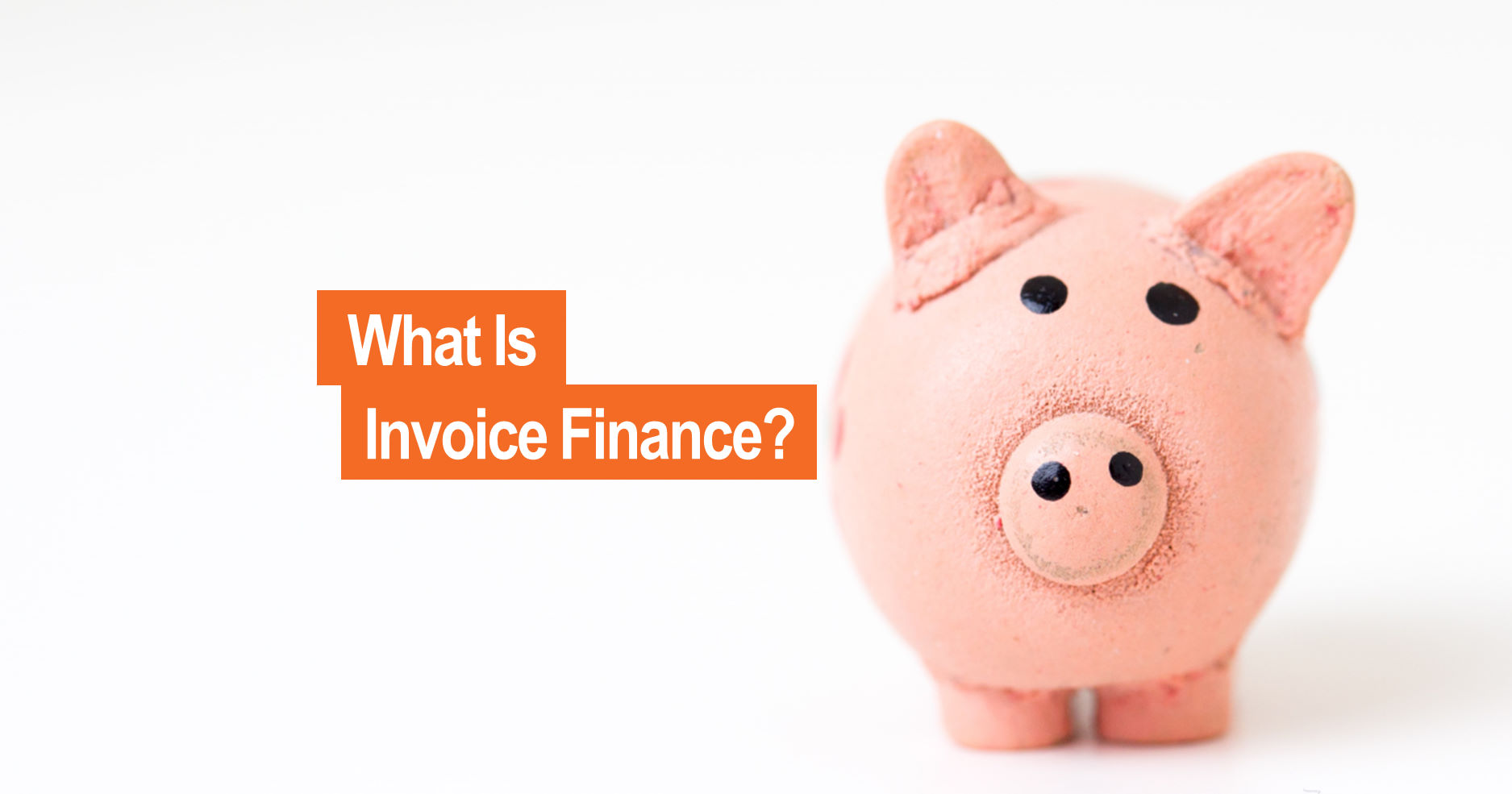Sourcing affordable financing can be somewhat problematic these days if you rely on high street banks.
Since the first economic crash way back in the 1920s, banks have become more and more cautious about lending. Then along came the 2007/2008 crash, which saw several banks including The Lehman Brothers and The Royal Bank of Scotland, either go under or need government bailouts.
The result is that in the current uncertain climate, getting a bank to agree to a traditional short- or long-term loan can be difficult for businesses already struggling with cash flow.
This can make it painful for businesses that need an injection of funds to invest in their own business. Liquidity is becoming an increasing issue, and it is especially prevalent for those with multiple customers who pay on an irregular basis. Enter invoice financing.
What is Invoice Financing?
Invoice financing is a “loan” mechanism, in which banks or other types of lenders loan a set amount of money against unpaid, but already issued, invoices. This allows businesses to invest in growth, buy new stock or to continue doing business while waiting for customers to pay their invoices.
The banks and lenders take a more negligible risk by offering invoice finance, since the money is already owed to the company, and legal action can be taken against a customer (who has an outstanding invoice) to recuperate the funds if necessary.
Invoice financing tends to be a short-term loan to solve cash flow issues rather than for large investment projects – which require greater investment and take longer to pay off.
Generally, invoice financing is used to buy supplies, pay employee salaries and pay overheads such as rent, rather than investing back in the company.
How Does Invoice Financing Work?
When it comes to invoice financing, there are two main types. Both are very similar, but there are slight differences.
The first type is called invoice factoring. The second type is called invoice discounting.
The critical difference between the two is the level of “customer awareness”.
With invoice factoring, it effectively means the lender (bank or fund provider) buys the outstanding invoice from the business. This gives them the right to contact and speak to the customer, and they have control over the credit process.
Invoice discounting provides a “confidential relationship” between the business using invoice finance and the lender – with the end customer remaining totally unaware that the invoice has been sold on as a loan.
Depending on the type of business and customer involved, there are benefits to both methods.
Invoice factoring means the lender takes on the responsibility for the invoice, so individual companies won’t have to chase up the customer for payment – as the lender becomes responsible for credit control.
This results in less paperwork and hassle for the business.
However, some people may look negatively on a business if they are aware of cash flow issues, so companies may choose to keep their financial situation private by using invoice discounting instead. Though this means the company still has to chase their customers for the outstanding invoice.
The other key benefit of using invoice finance relates to quick access to cash.
With invoice factoring and discounting, the lender will buy the invoice with a down payment of approximately 70-80% (sometimes up to 90%) of the invoice total.
This is normally transferred into the businesses account within 24 hours of the invoice being issued.
Once the invoice has been paid by the customer, the lender will transfer the remaining amount minus a small fee.
Is Invoice Financing A Good Idea?
Invoice financing can be fantastic for start-ups and businesses that might need to purchase materials to fulfil an order.
The main benefit is that you can get your hands on the money immediately. If you need to buy things to complete an order, invoice financing can be a great way to access cash to spend before the customer pays.
Also, because the loan amounts are based on existing invoices, you can be flexible in deciding how much you need. Some lenders will allow you to borrow up to the invoice amount, meaning if you want to take less, you can. This makes it easy for you to remain in control of your finances without over-borrowing.
Because of the level of control and the fact that the loan amount is based on existing invoices, businesses can be sure they aren’t getting into spiralling debt. Taking a loan for a large amount of money can cause issues and debt if you struggle to pay it back at a later date.
Invoice financing means the amounts are never larger than you can afford to pay back.
How Much Does Invoice Financing Cost?
The primary consideration for businesses looking into invoice financing is ensuring that you are aware of the fees (any set-up fees, exit fees and service rates) that you will be charged.
Some high street banks and lenders offer long-term finance invoicing for people who require liquidity support regularly. These long-term agreements often come with lower interest rates and charges, but you must stick to the terms of your agreement.
Other lenders offer one-off invoice financing (sometimes referred to as “spot factoring”), which comes with higher charges.
Some of these costs are calculated as a percentage of the invoice total – anything up to 5% is considered average. However, some lenders add additional charges for payments longer than 30 days, such as charging 0.5% of the amount each day over the deadline.
You should also check with your lender what their maximum loan amount is. Some financial lenders have a limit for invoice financing, which means they may not accept some of your larger invoices. Anything up to £20,000 is considered standard, but amounts more significant than this may not be accepted.
Certain lenders will want some guarantee of reliability, so they may require you to have been in business for a minimum of six months to a year before lending you money.
It goes without saying, that you should also be aware of the reliability, and credit history, of your customers. If you have customers who regularly don’t pay on time, or have a poor credit rating, then you may end up in trouble with your lender. In such circumstances, it is wise to consider options such as Bad Dept Protection to safeguard against unreliable customers.
How To Apply For Invoice Financing?
If your business is experiencing cash flow issues, but you are concerned about taking out a large or long-term loan, invoice financing could be the ideal solution.
Flexible arrangements with lenders will make it easy to stay in control, so you will never find yourself over-borrowing.
But with so many lenders available, how do you choose the right one?
The best option is to ask an invoice finance broker to find the best deal for your particular industry. They have the experience to select the most appropriate lender based on your exact needs, rather than going direct to a mainstream lender who may just offer the best-selling package for them.
Brokers also have access to lenders who specialise in certain sectors such as construction or transportation.
That is why is it beneficial to apply for finance through an invoice finance broker, such as Evangate FS, as they will get you the best rates.
Chat to the finance team today to see how invoice financing can help you.




